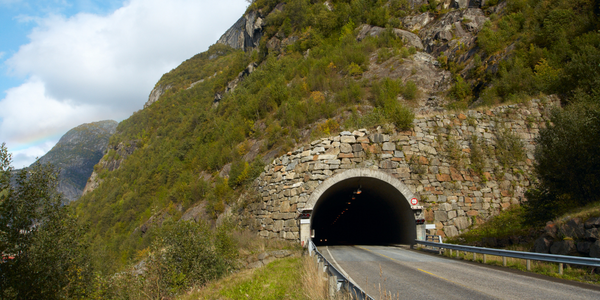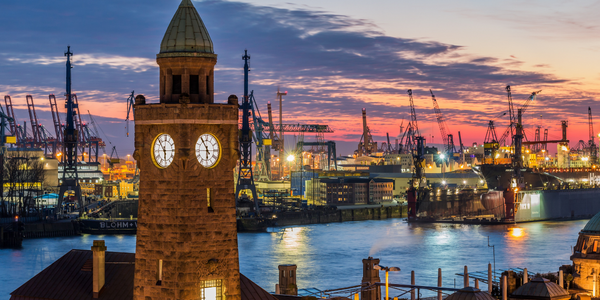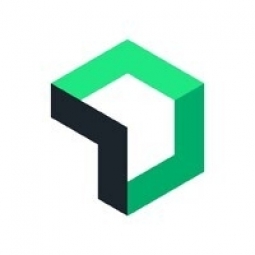技术
- 平台即服务 (PaaS) - 应用开发平台
适用行业
- 水泥
- 建筑与基础设施
用例
- 结构健康监测
- 交通监控
关于客户
Benevity 是世界上最大的企业用途软件提供商之一,帮助企业推动其社会影响计划。该平台使数百万用户能够进行慈善捐款、组织志愿者机会并向非营利组织发放赠款。迄今为止,Benevity 已提供超过 5,800 万小时的志愿服务,并为超过 418,000 个非营利组织提供支持,为慈善事业筹集了超过 120 亿美元的资金。该平台还发放了 120 万笔赠款,价值 180 亿美元。 Benevity 庞大的用户群证明了它为客户提供的价值,以及企业回馈当地社区的不断增长的承诺。
挑战
Benevity 是全球最大的企业用途软件提供商之一,在快速增长的过程中面临着维持平台可靠性的重大挑战。该平台促进慈善捐赠、志愿者机会以及对非营利组织的资助,每天处理数万笔捐赠交易。挑战不仅在于增加新客户,还在于适应需求的突然变化,尤其是在节日期间,这是捐赠急剧增加的时期。在像“捐赠星期二”这样的高需求日,仅仅 20 分钟的中断就可能导致数千笔捐款的损失和高达数十万美元的损失。为了应对自然灾害或其他重大社会运动,捐款和志愿服务也可能会意外激增。为了跟上这些激增的步伐,Benevity 需要采取主动的监控方法,旨在缩短平均检测时间 (MTTD) 和平均解决时间 (MTTR)。
解决方案
Benevity 转向 New Relic 进行端到端监控和事件管理。 New Relic 为 Benevity 提供了实时数据,作为整个技术堆栈的单一事实来源,使 SRE 工程师和 DevOps 团队能够提高平台的正常运行时间和弹性,并在问题到达客户之前快速发出警报。该团队从 New Relic 应用程序性能监控 (APM) 和 New Relic 仪表板开始。这些仪表板提供了关键工作流程和 CPU 使用情况的详细可见性,从而更容易适应高峰时期需求的突然变化或系统压力。通过使用 New Relic 基础设施监控以及 APM 和 New Relic 警报,工程团队能够在几分钟内检测到问题并连接数据源以大海捞针。 Benevity 还使用 New Relic 来跟踪 MTTR、MTTD 和其他软件改进,使公司能够持续改进其软件和技术堆栈,从而稳步提高生产力。
运营影响
数量效益

Case Study missing?
Start adding your own!
Register with your work email and create a new case study profile for your business.
相关案例.

Case Study
System 800xA at Indian Cement Plants
Chettinad Cement recognized that further efficiencies could be achieved in its cement manufacturing process. It looked to investing in comprehensive operational and control technologies to manage and derive productivity and energy efficiency gains from the assets on Line 2, their second plant in India.

Case Study
IoT System for Tunnel Construction
The Zenitaka Corporation ('Zenitaka') has two major business areas: its architectural business focuses on structures such as government buildings, office buildings, and commercial facilities, while its civil engineering business is targeted at structures such as tunnels, bridges and dams. Within these areas, there presented two issues that have always persisted in regard to the construction of mountain tunnels. These issues are 'improving safety" and "reducing energy consumption". Mountain tunnels construction requires a massive amount of electricity. This is because there are many kinds of electrical equipment being used day and night, including construction machinery, construction lighting, and ventilating fan. Despite this, the amount of power consumption is generally not tightly managed. In many cases, the exact amount of power consumption is only ascertained when the bill from the power company becomes available. Sometimes, corporations install demand-monitoring equipment to help curb the maximum power demanded. However, even in these cases, the devices only allow the total volume of power consumption to be ascertained, or they may issue warnings to prevent the contracted volume of power from being exceeded. In order to tackle the issue of reducing power consumption, it was first necessary to obtain an accurate breakdown of how much power was being used in each particular area. In other words, we needed to be able to visualize the amount of power being consumed. Safety, was also not being managed very rigorously. Even now, tunnel construction sites often use a 'name label' system for managing entry into the work site. Specifically, red labels with white reverse sides that bear the workers' names on both sides are displayed at the tunnel work site entrance. The workers themselves then flip the name label to the appropriate side when entering or exiting from the work site to indicate whether or not they are working inside the tunnel at any given time. If a worker forgets to flip his or her name label when entering or exiting from the tunnel, management cannot be performed effectively. In order to tackle the challenges mentioned above, Zenitaka decided to build a system that could improve the safety of tunnel construction as well as reduce the amount of power consumed. In other words, this new system would facilitate a clear picture of which workers were working in each location at the mountain tunnel construction site, as well as which processes were being carried out at those respective locations at any given time. The system would maintain the safety of all workers while also carefully controlling the electrical equipment to reduce unnecessary power consumption. Having decided on the concept, our next concern was whether there existed any kind of robust hardware that would not break down at the construction work site, that could move freely in response to changes in the working environment, and that could accurately detect workers and vehicles using radio frequency identification (RFID). Given that this system would involve many components that were new to Zenitaka, we decided to enlist the cooperation of E.I.Sol Co., Ltd. ('E.I.Sol') as our joint development partner, as they had provided us with a highly practical proposal.

Case Study
Splunk Partnership Ties Together Big Data & IoT Services
Splunk was faced with the need to meet emerging customer demands for interfacing IoT projects to its suite of services. The company required an IoT partner that would be able to easily and quickly integrate with its Splunk Enterprise platform, rather than allocating development resources and time to building out an IoT interface and application platform.

Case Study
Bridge monitoring in Hamburg Port
Kattwyk Bridge is used for both rail and road transport, and it has played an important role in the Port of Hamburg since 1973. However, the increasing pressure from traffic requires a monitoring solution. The goal of the project is to assess in real-time the bridge's status and dynamic responses to traffic and lift processes.

Case Study
Bellas Landscaping
Leading landscaping firm serving central Illinois streamlines operations with Samsara’s real-time fleet tracking solution: • 30+ vehicle fleet includes International Terrastar dump trucks and flatbeds, medium- and light-duty pickups from Ford and Chevrolet. Winter fleet includes of snow plows and salters.








